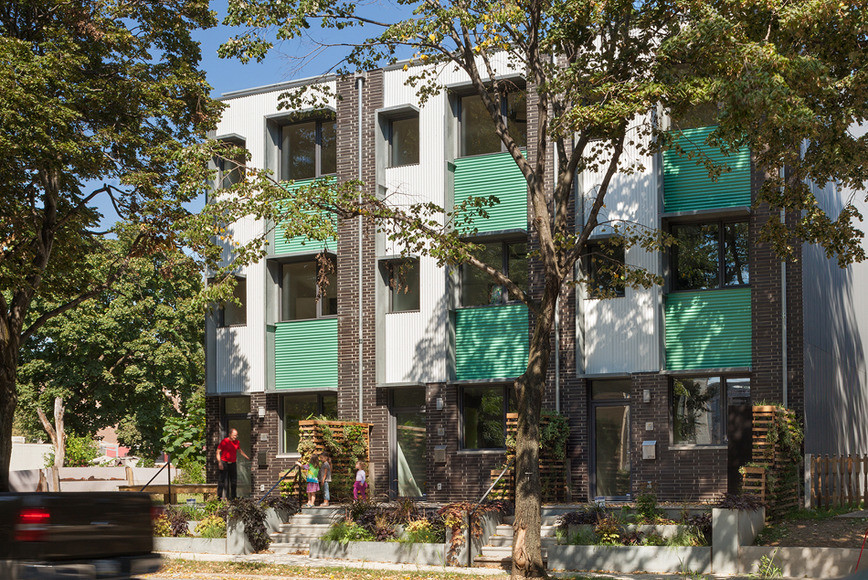A Passive Phase
Sustainable construction trend
With the U.S. building sector accounting for 7% of global primary energy consumption, residential and commercial property developers are turning towards modern solutions, like Passive Homes, to increase energy efficiency in new and renovated properties. Big Apple Energy While it might be “the city that never sleeps,” it wouldn’t hurt to turn a light off […]
